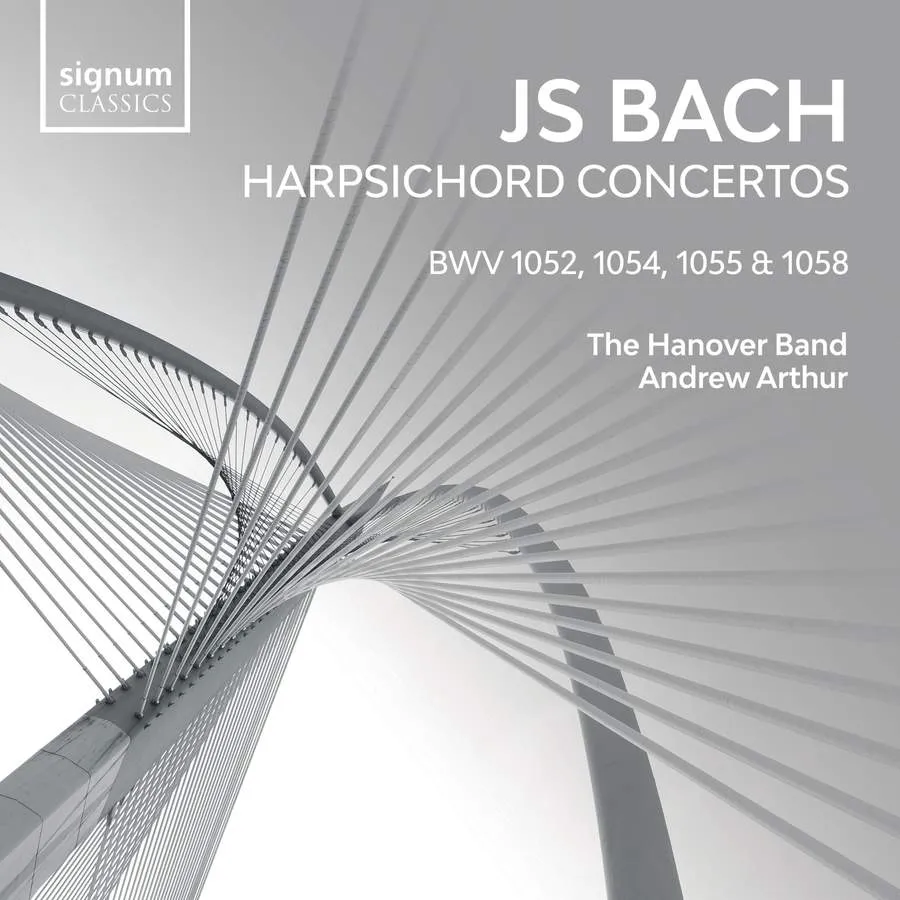
JS Bach Harpsichord Concertos: No. 1 in D minor, BWV 1052; No. 3 in D, BWV 1054; No. 4 in A, BWV 1055; No. 7 in G minor, BWV 1058 The Hanover Band/Andrew Arthur (harpsichord) Signum Classics SIGCD 710 69:07 mins
As the harpsichordist and director Andrew Arthur observes in his liner note to this recording, Bach’s concertos for solo harpsichord and strings mark the origin of the keyboard concerto genre, which then lived on through Bach’s sons Carl Philipp Emmanuel and Johann Christian, and then through Haydn, Mozart and beyond. Together with Bach’s Brandenburg Concertos they were the most diverse, revolutionary and technically refined instrumental concertos of the Baroque period. Arthur surmises that Bach’s concertos were first intended for performance by Leipzig’s famous music society the Collegium Musicum, whose concerts Bach used to direct from the violin in the decidedly gemütlich setting of a Leipzig coffee house.
Arthur stresses how much these works owe to Bach’s early immersion in Vivaldi’s set of concertos L’estro armonico, several of which he transcribed, and that Italian influence does indeed permeate the performances on this recording. There’s a triumphal warmth in the Hanover Band’s delivery of the D minor work, but the Adagio which follows suffers from problems which also mar the following concerto. The tempo of the Adagio is sluggish, and the ensemble’s sound lacks zip and clarity; more seriously, the solo line doesn’t surge out as it should – the balance is wrong. Better miking could have solved this problem.
Arthur’s note on BWV 1054 indicates that he himself is aware of the danger that the harpsichord may be swamped, and in the Adagio e piano sempre of the D major work, the soloist is indeed allowed to breathe. In the joyous A major concerto the sonic balance is nicely resolved.
Michael Church
More reviews
A disc taking inspiration from the ancient Celtic rainforests
Rose-tinted sounds from the Gabrieli Consort
A dark production of Tchaikovsky’s final operatic masterpiece
Violin Sonatas from a Mozart dream team